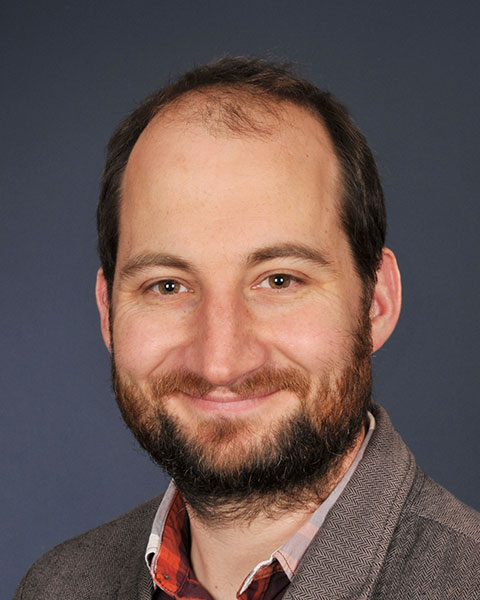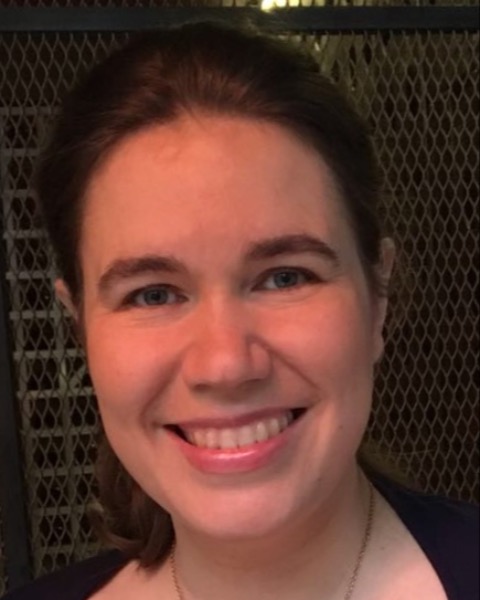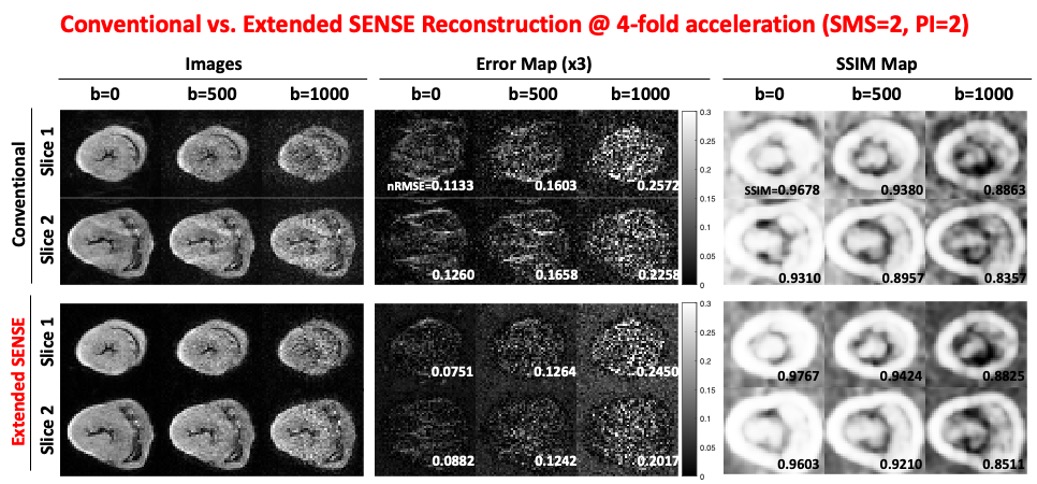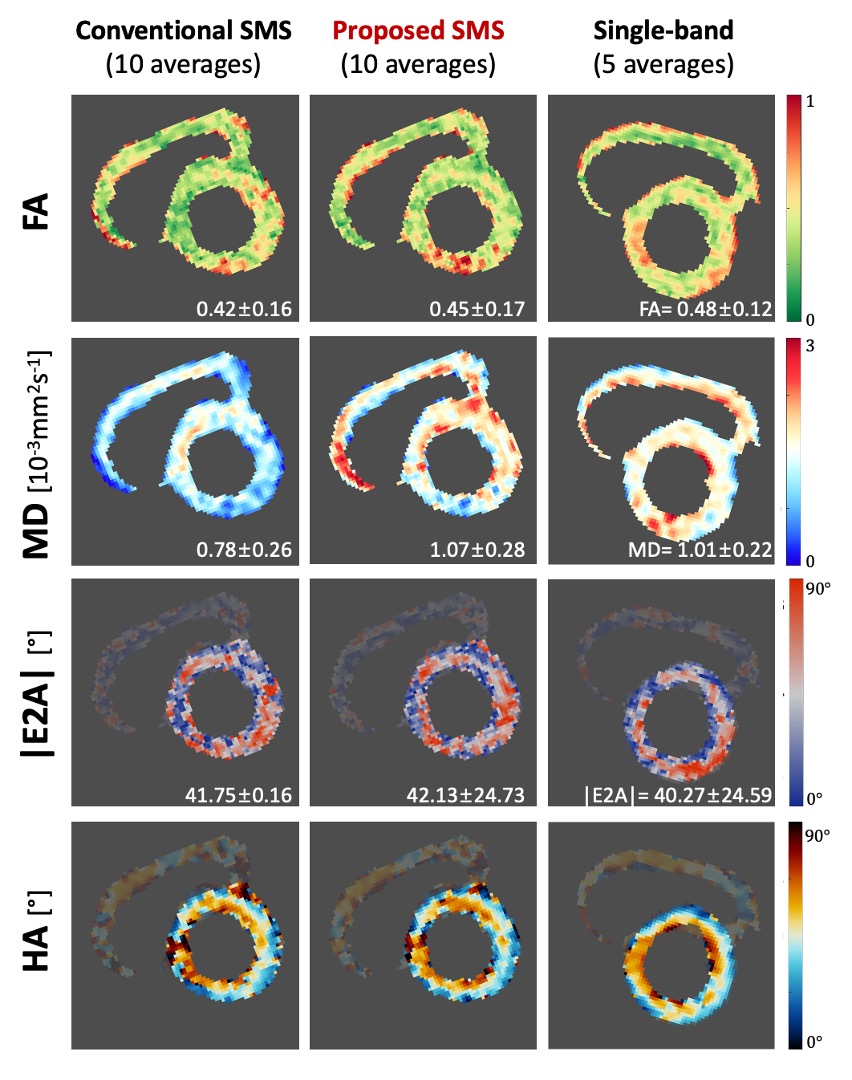Oral Abstract
Comparative Evaluation of Third-Order Motion-Compensated in Vivo Diffusion Tensor CMR Across Cardiac Phases Using an Ultra-High-Gradient Strength Clinical Scanner
- KW
Ke Wen, MPhys, MSc, MRes
PhD student
National Heart and Lung Institute, Imperial College London, United Kingdom - KW
Ke Wen, MPhys, MSc, MRes
PhD student
National Heart and Lung Institute, Imperial College London, United Kingdom - RW
Ricardo Wage
CMR Radiographer
Royal Brompton & Harefield NHS Foundation Trust, United Kingdom .jpg)
Pedro F. Ferreira, PhD
CMR Physicist
Royal Brompton Hospital, United Kingdom- KK
Karl P. Kunze, PhD
Senior Cardiac MR Scientist
Siemens Healthineers, United Kingdom 
Dudley Pennell, MD, PhD
Professor
Imperial College London, United Kingdom
Andrew D. Scott, PhD, FSCMR
Senior Lecturer
Imperial College London and Royal Brompton Hospital, United Kingdom
Sonia Nielles-Vallespin, PhD, MSc, BSc
Senior Lecturer
Imperial College London
Presenting Author(s)
Primary Author(s)
Co-Author(s)
Figure 2&3 show DT-CMR maps (FA, MD, HA, E2A) generated from in-vivo SMS STEAM data reconstructed with both a conventional and the proposed SMS (10 averages) technique, SB data (5 averages to match acquisition duration for 2 slices). All data were acquired with a 2x PI acceleration. The proposed method produces good quality DT-CMR parameter maps without significant artifacts, comparable to the results obtained with time-matched SB data, while the conventional SMS reconstruction method exhibits lower MD values and residual aliasing in the HA map.
Conclusion:
We successfully demonstrated the feasibility of the extended SENSE reconstruction for in-vivo and ex-vivo DT-CMR with both SMS and in-plane parallel imaging acceleration, showing superior leakage artifact suppression compared to a conventional two-step GRAPPA approach. This reconstruction method could enable more widespread use of SMS acceleration for in-vivo and ex-vivo DT-CMR without the typical artifacts associated with slice leakage.
Figure 1. Retrospective SMS simulation results (SMS=2, PI=2) with diffusion-weighted images reconstructed using the conventional (two-step) and the proposed (one-step extended SENSE) methods at b=0, 500, and 1000 s/mm2, along with corresponding error and SSIM maps. Notably, the proposed method significantly suppresses residual leakage artifacts. 
Figure 2. Prospective FA, MD, HA, and E2A maps for SMS reconstructed images using the conventional two-step reconstruction and the proposed extended SENSE reconstruction (SMS=2, PI=2), compared to single-band data (PI=2) obtained in the same position. The three sets share the same acquisition time. .jpg)
Figure 3. Prospective results equivalent to those in Figure 2, but for the basal slice. 

